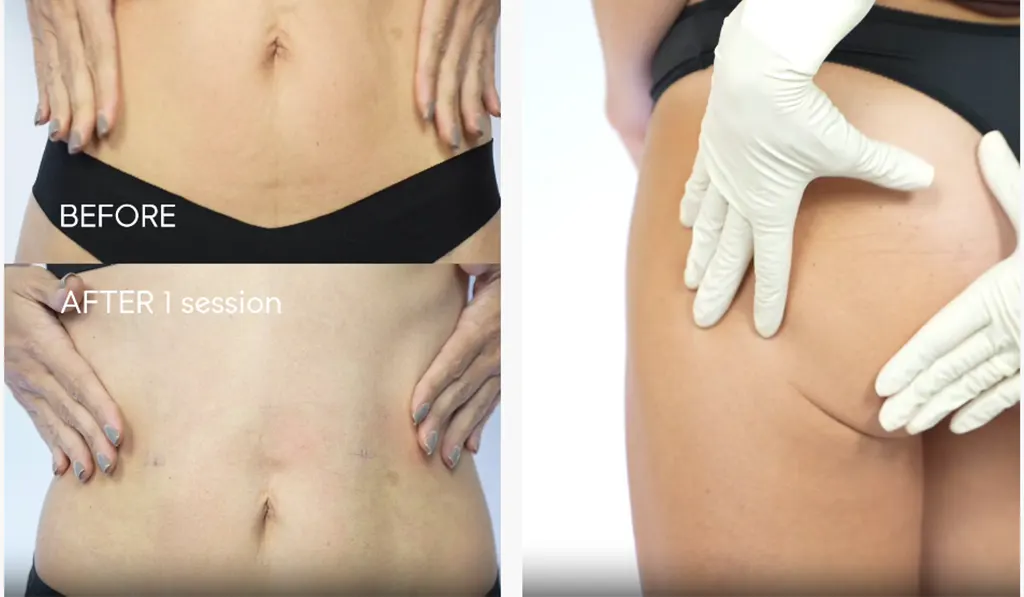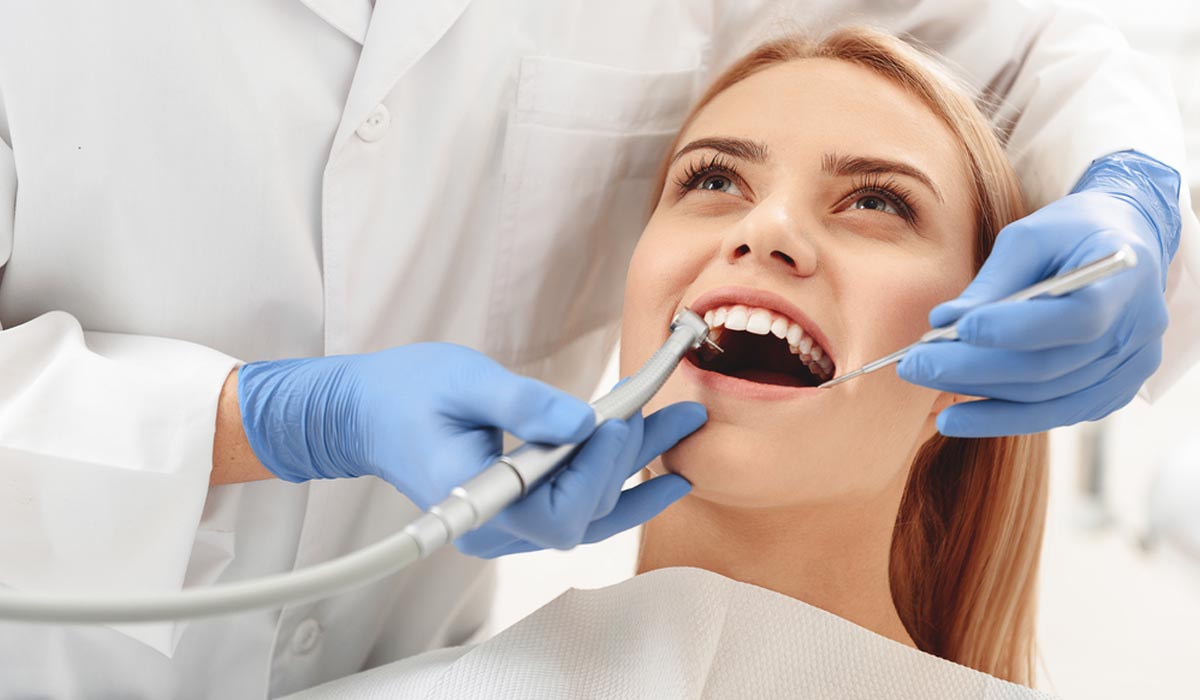When Is The Right Time For Your Child To Get Braces?
Every child is distinctive from one another, and so are their body parts and mouth that develop in unique ways. Numerous physical changes occur in a child, one of them being the changes to the shape of their teeth, jaw, and mouth.
While you notice your child growing, you may also identify that the child faces trouble with their bite and teeth alignment. These issues mostly occur as soon as your child turns seven years old. You will start to notice the common orthodontic issues in your child. These orthodontic problems are :
- Overbites
- Uneven bites
- Underbites
- Overcrowding
- Protruding teeth
- Crooked teeth
If you notice any of these symptoms in your child, you must take your child to an orthodontist for his orthodontic evaluation. An orthodontist is a dental health care professional or a dentist who is specifically skilled in straightening and aligning teeth. After observing the issues, the orthodontist may not straightaway step forward for treatment immediately. Still, an orthodontic evaluation can be constructive for your child to prevent such problems later in the future.
Once the orthodontist identifies the manner of growth, he can potentially design a highly effective treatment, especially for your child. After you have conducted a consultation with the orthodontist, you don’t need to worry as they will let you know about the perfect time for your child to get braces.
When should your Child get Braces?
It doesn’t matter what type of braces you opt for, whether it be clear aligners, clear braces, Invisalign, or traditional braces. The doctor will inform you about the process, and with the guidance, you will be able to choose a good time to get your child the required braces. There are a few children who acquire orthodontic treatment as soon as they are six years old. At this age, common orthodontic issues such as overcrowding or uneven bites become noticeable.
However, most of the distinguished orthodontists recommend children to get braces when they are seven to fourteen years old, as this is when the mouth can potentially be straightened. So if your child is seven already and you have started to observe a few orthodontic issues, it is the perfect time to visit an orthodontist.
Warning Symptoms that indicate your Child needs Braces
You may be able to notice the early warning symptoms of orthodontic issues by the time your child is six to seven years old. The most common orthodontic symptoms include:
- Trouble in biting or chewing food
- Too late or too early loss of baby teeth
- Bad oral habits such as finger sucking
- Misaligned teeth or crowded teeth
- Difficulty while taking
- Accidental bites inside the mouth or cheeks
- Protruding teeth
- Improper jaw or face structure
- Clenching or grinding of teeth
- Improper alignment of teeth: Top and bottom section of teeth that doesn’t meet usually.

First Appointment with Orthodontist
During the first appointment with an orthodontist, the doctor will first diagnose your child’s condition of jaw, mouth, and teeth. Your child may be asked to bite to check the alignment of teeth, and the doctor may ask questions to both you and your child regarding the issues related to eating and chewing or popping of the jaw.
Your child will be required to do mouth X-rays to help the orthodontist check the teeth’ position. The doctor would also measure your child’s teeth by placing a gooey substance in the middle of the teeth’ top and bottom sections. After the substance hardens, the outcome is the exact measurement of your child’s teeth and mouth, with the help of which the orthodontist will be able to choose the appropriate treatment.
Treatment for Braces
Traditionally, dental braces treatment is given to the children when they lose all of their baby teeth after most of the adult teeth have grown. So if your child requires treatment at this stage, proper care and preventive measures are crucial to improve the growth and achieve the planned and desired outcome during development.
However, few orthodontists also recommend a treatment known as the interceptive approach. Here the doctor uses dental appliances and not necessarily dental braces, quite early when they have baby teeth. Later, when the permanent teeth replace the child’s baby teeth, the doctor conducts the treatment’s second phase using dental braces. If the first phase of treatment finishes, the second phase of dental braces occurs, usually taking a shorter period than the traditional treatment of braces.
The orthodontists, who mostly support the traditional treatment, say that the interceptive approach with two phases takes much time and increases the treatment cost but delivers the same outcome. Simultaneously, according to other orthodontists, dental appliances usage in the first phase of treatment will improve growth, and alignment corrections occur entirely. The best treatment suitable for your child will depend upon your child’s orthodontic issues’ seriousness.
How to take care when Child gets Braces
As it is common for children to get food stuck in the dental braces while eating, make sure that your child takes extra care of the teeth by keeping them clean frequently. Brushing teeth after every meal is highly crucial, along with regular flossing. The orthodontist will provide a specific dental flosser used to floss easily around the braces. Along with taking special care for braces, you must also ensure to clean teeth and regularly check if your child has obtained any cavities.
You must also make sure that your child doesn’t consume certain foods such as sticky chewing gums, popcorns, and hard candies as they can potentially have the risk of damaging the wired braces.
Avoid juices and sodas containing an excessive amount of sugar as they can be a potential reason behind tooth decay. If your child has plastic aligners, then make sure to remove them before your child starts eating. It is crucial to remove them before eating as these aligners put immense pressure on teeth and can be a significant discomfort to your little one while eating. Your child may experience a little pain or discomfort at times, especially after making a few adjustments to the braces. Consuming liquid foods and pain relievers can help this situation.
If your child’s braces or the wires get loose or if the wire is getting poked in the mouth, it is highly crucial to straight away rush to the orthodontist.
The orthodontist may use dental wax to seal the braces’ sharp areas that may hurt the gums. Dental wax is a protector, made of a soft gummy substance, and is harmless. It can provide great comfort to people with braces. It is done by applying a pinch of wax over the protruding wires and brackets and making them smooth. Whenever your child feels scratchy with the new braces, you too can apply the wax on the wired braces.
Types of Braces for Children
Braces help to correct teeth alignment by applying firm pressure on the gums and teeth. Wearing braces for a certain period can straighten the position of teeth effectively. The most common types of braces mostly offered to children include traditional metal braces, ceramic braces, self-ligating braces, mini braces, Invisalign, brackets, headgears, and retainers. Following are a few of the most preferred braces:
- Traditional metal braces: These metal braces are the original style used in the traditional treatment of orthodontic issues. The braces can straighten the teeth’ position through a set of elastic rubber bands, archwires, and metal brackets. With the use of dental glue, the metal braces are embedded in the teeth. The archwires gently apply a pressure that forces the teeth to straighten their position.
- Mini braces: Mini braces are similar to the set of traditional metal braces. The only difference between the two is that mini braces are smaller in size and include less metal.
- Self-ligating braces: These braces are a result of orthodontic advancement. These braces too straighten the position of teeth, just like mini braces and metal braces. However, they don’t involve any rubber bands and have metal clips that support the archwires.
- Ceramic braces: These braces have clear brackets. The most significant advantage of using these braces is that they are not easily visible like metal braces.
Your child may be required to wear braces for around 18 to 36 months. The length of time depends upon the severity of the issues. It is worth it for you and your child to invest the amount of time, effort, and money to straighten the teeth. Now that you know the warning symptoms of orthodontic issues keep observing your child’s teeth growth. Suppose you notice any similar symptoms; without wasting time, head to the orthodontist and get your child the braces. It would reduce the risk of future orthodontic issues.
















